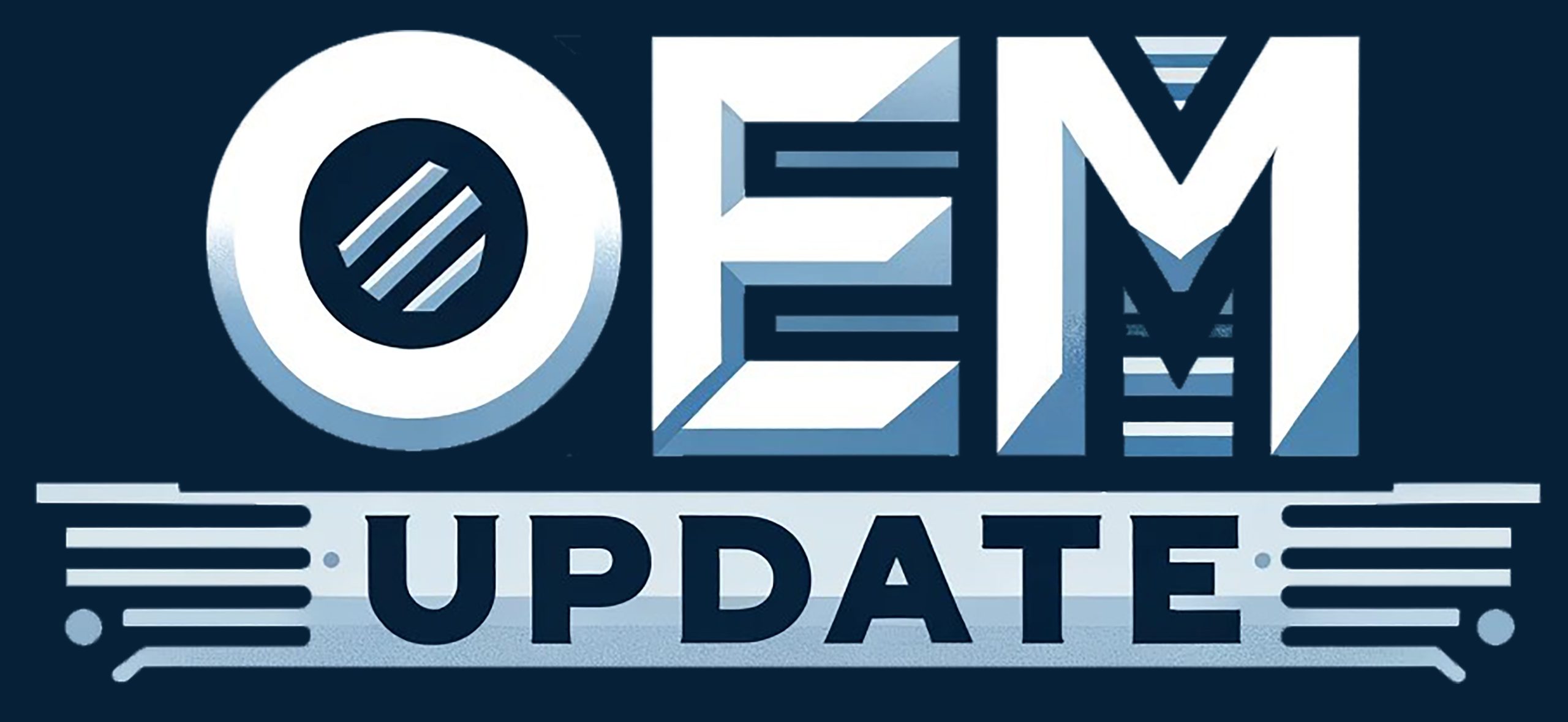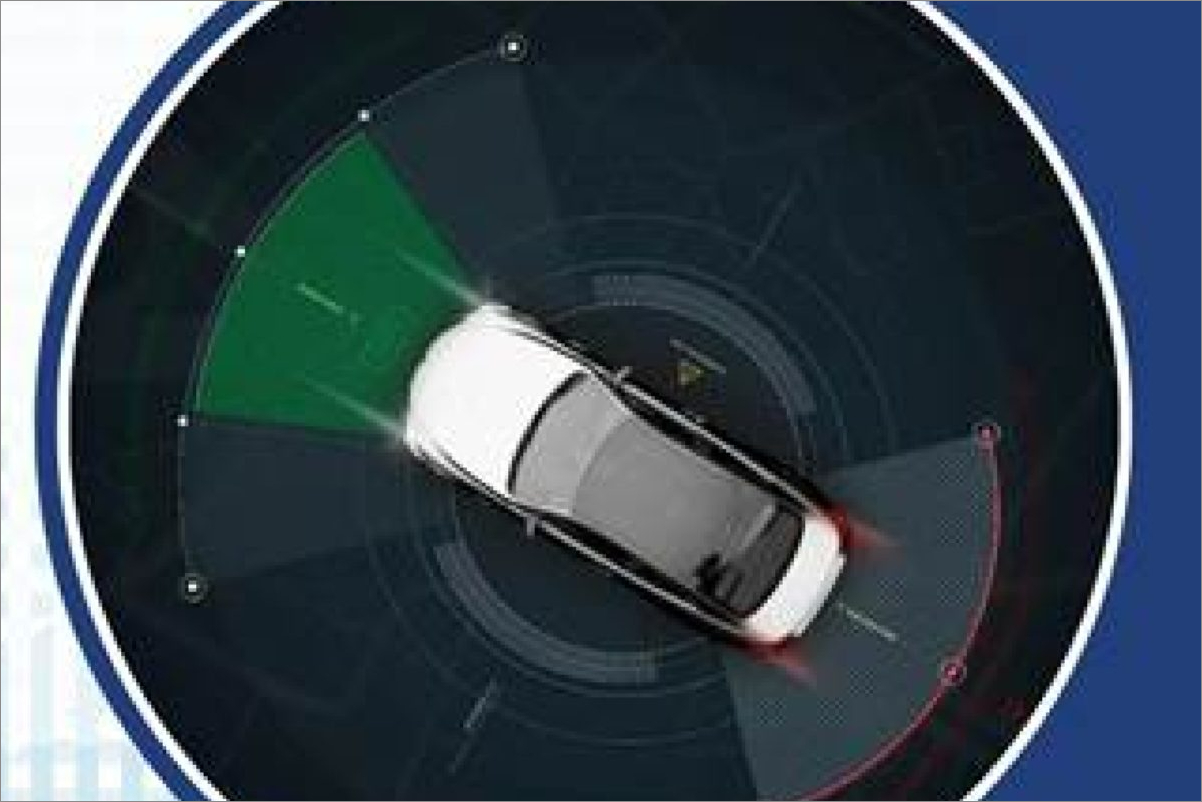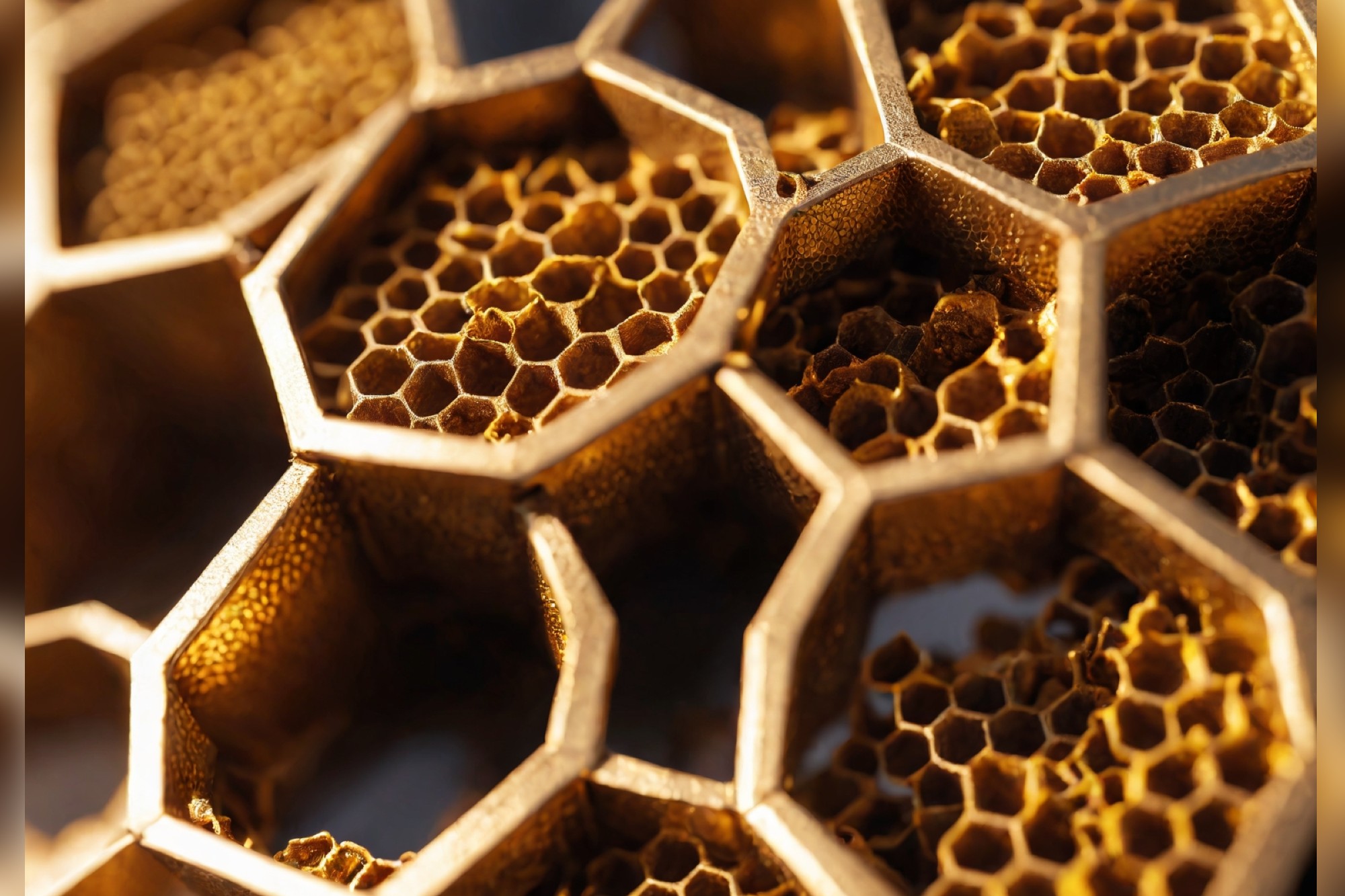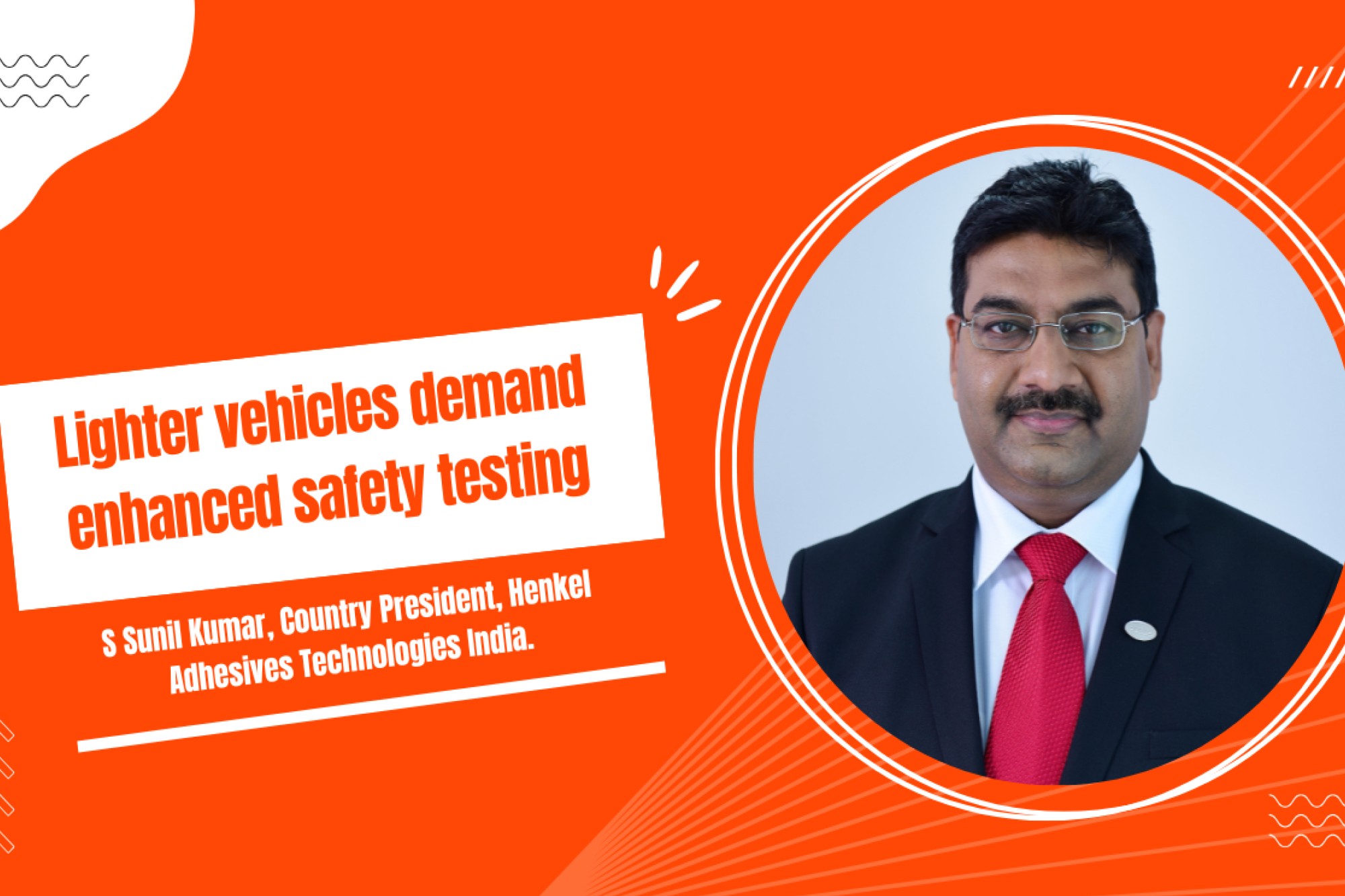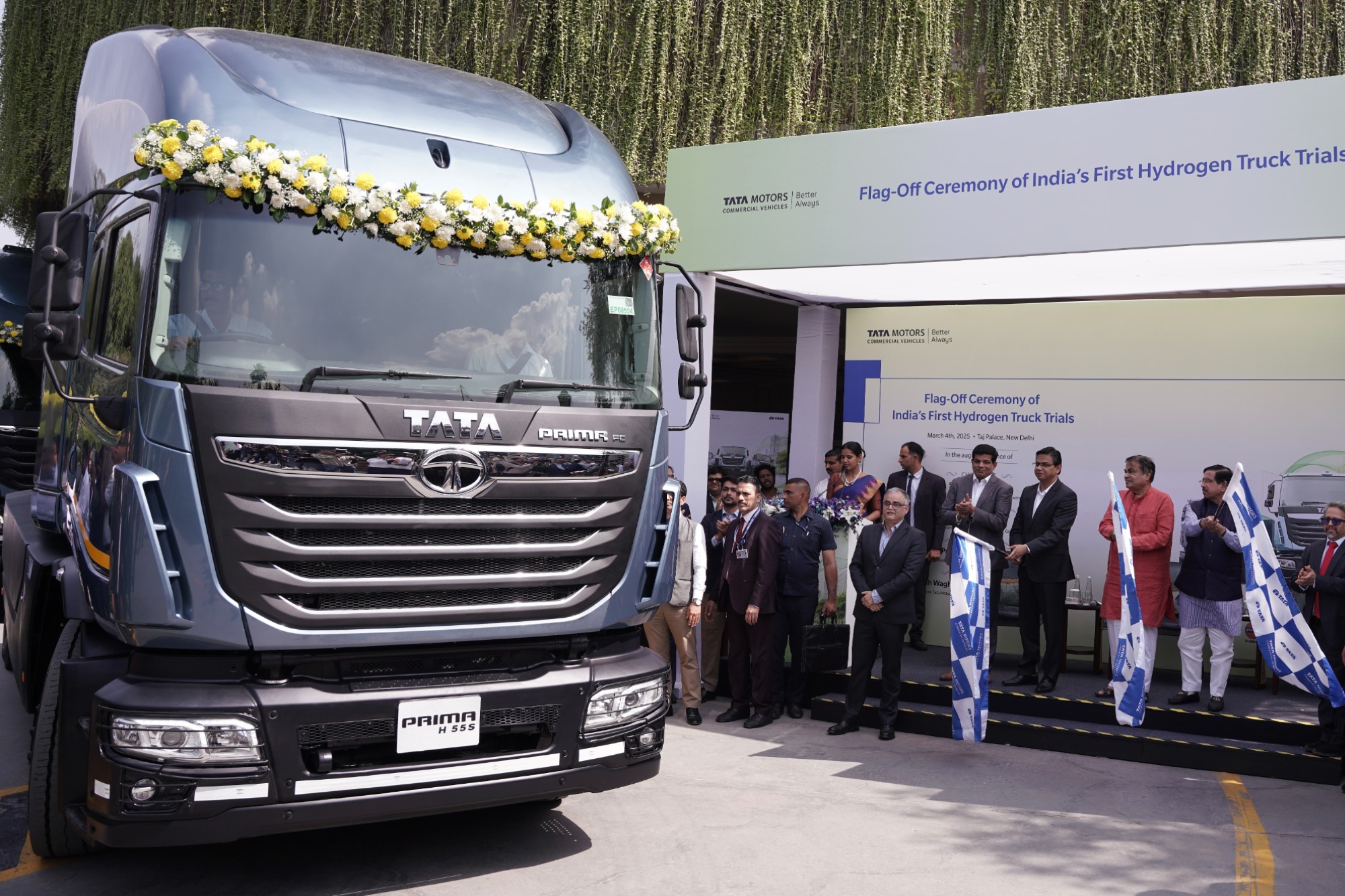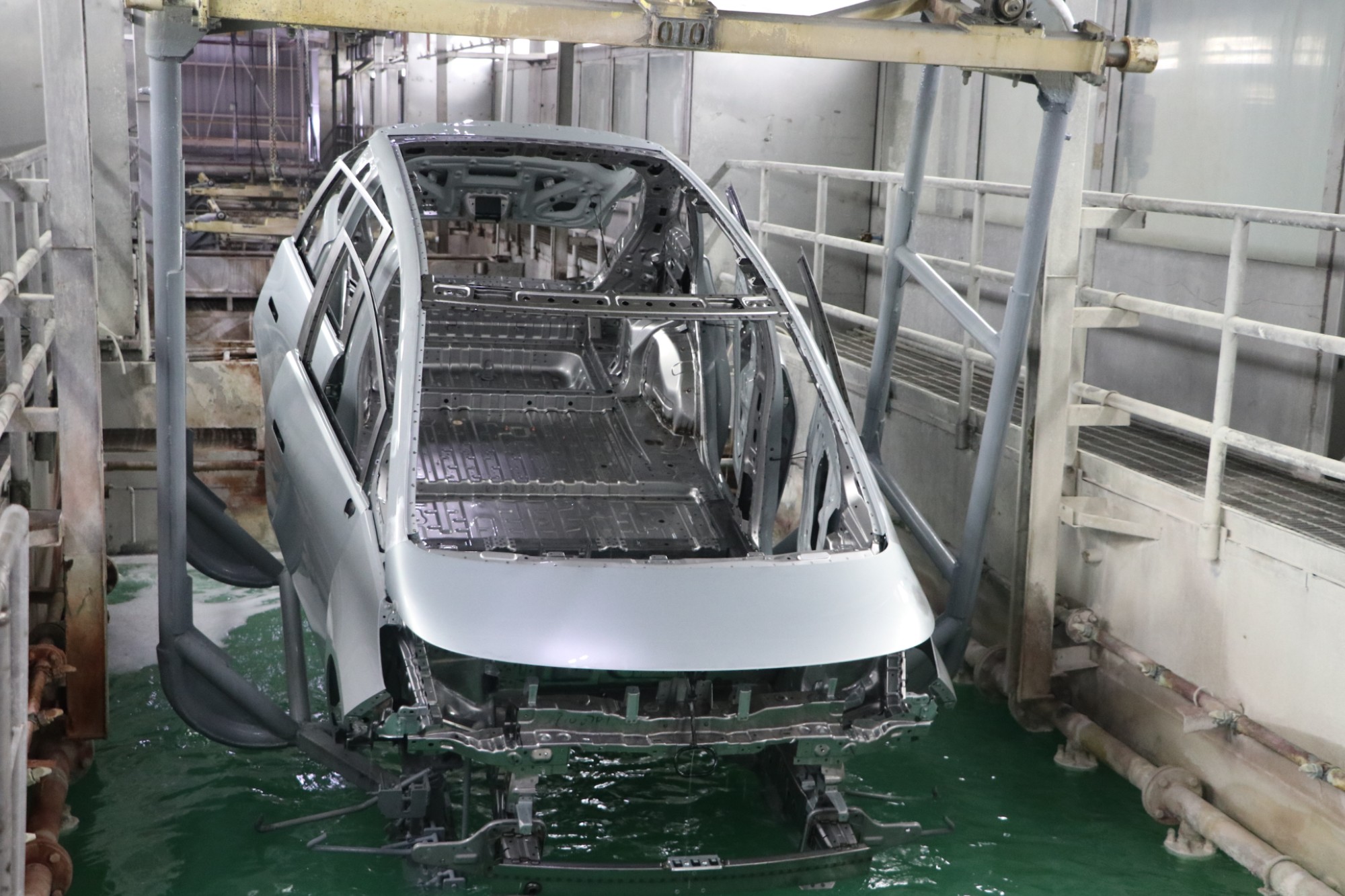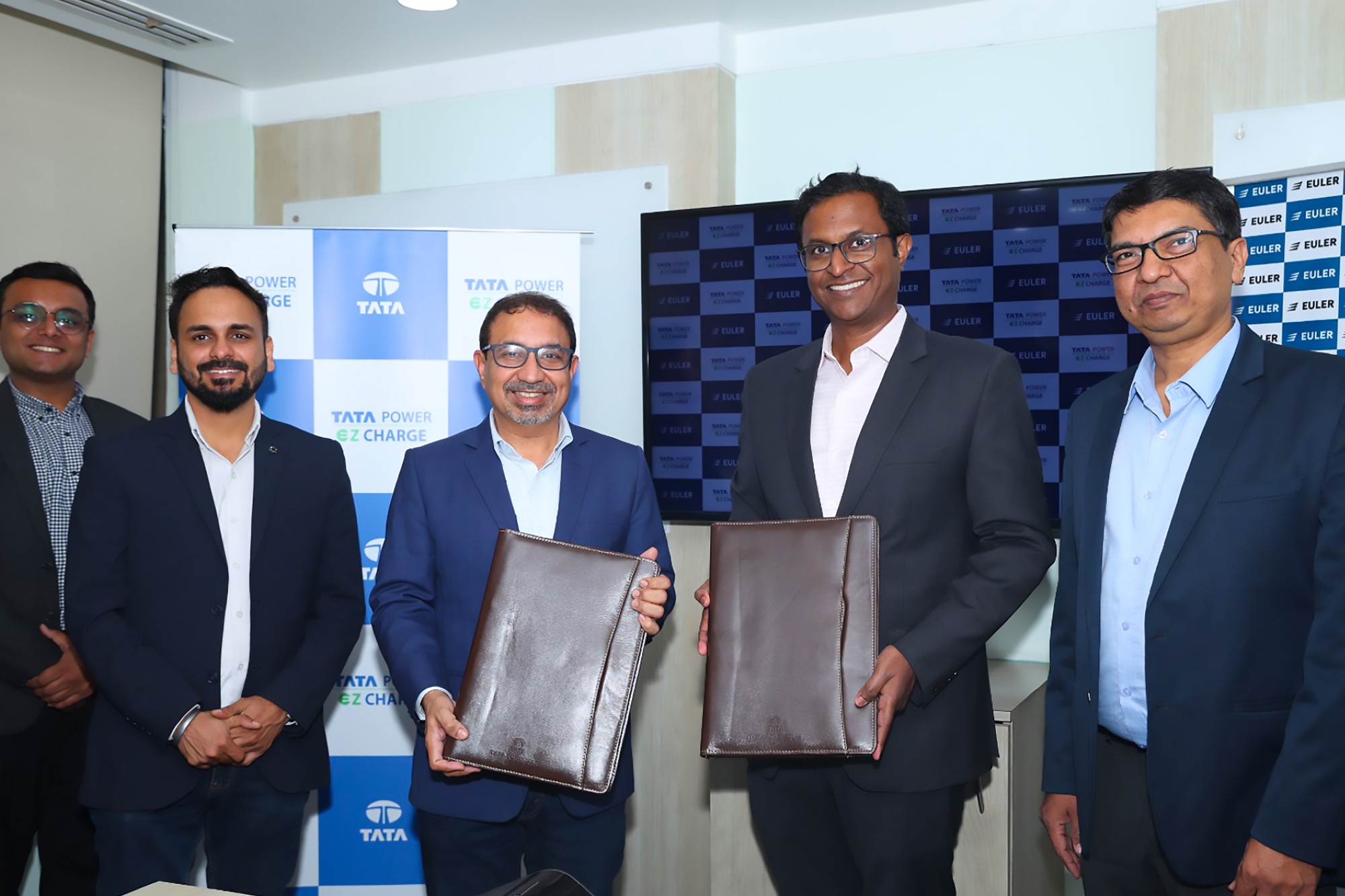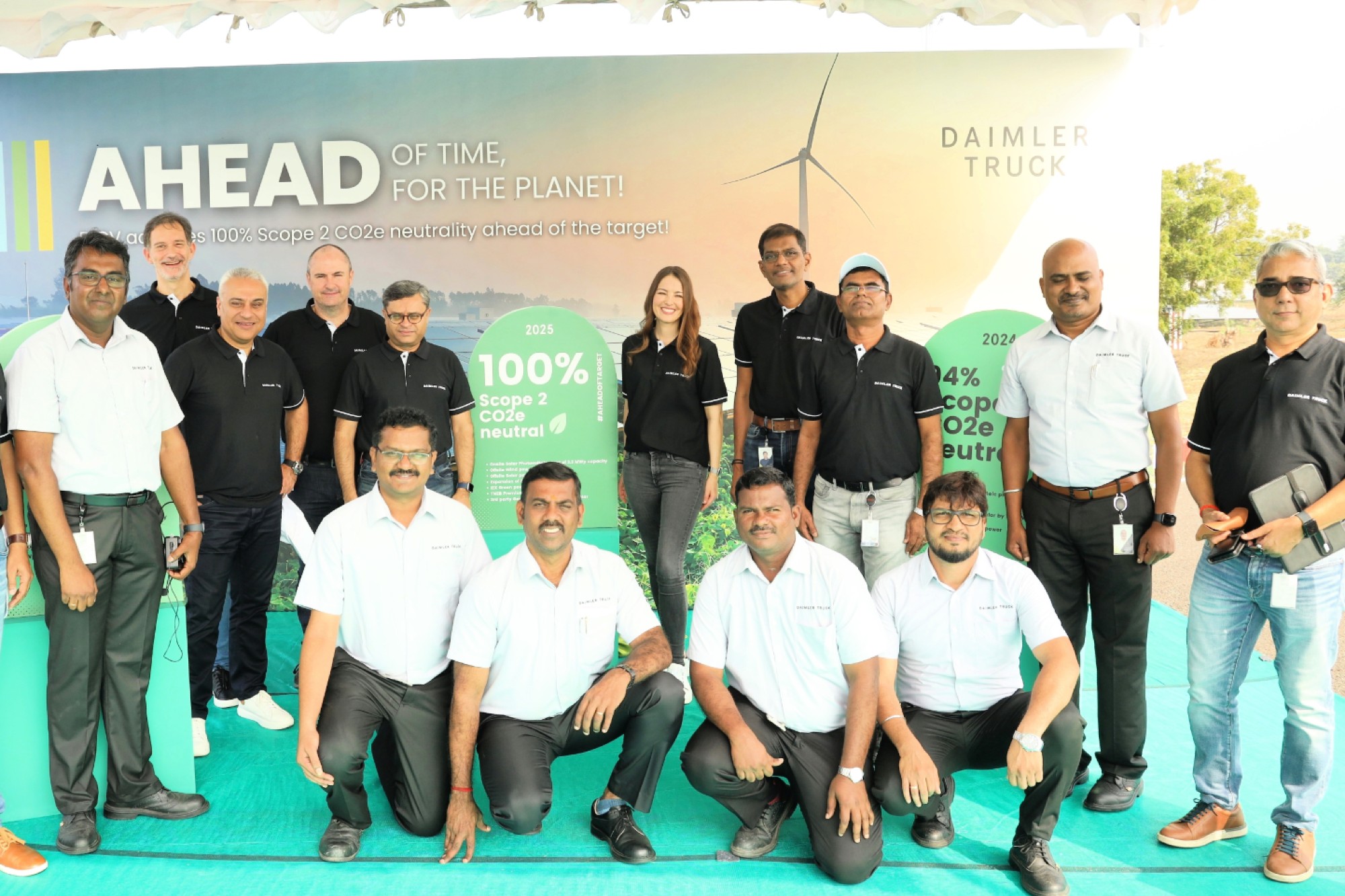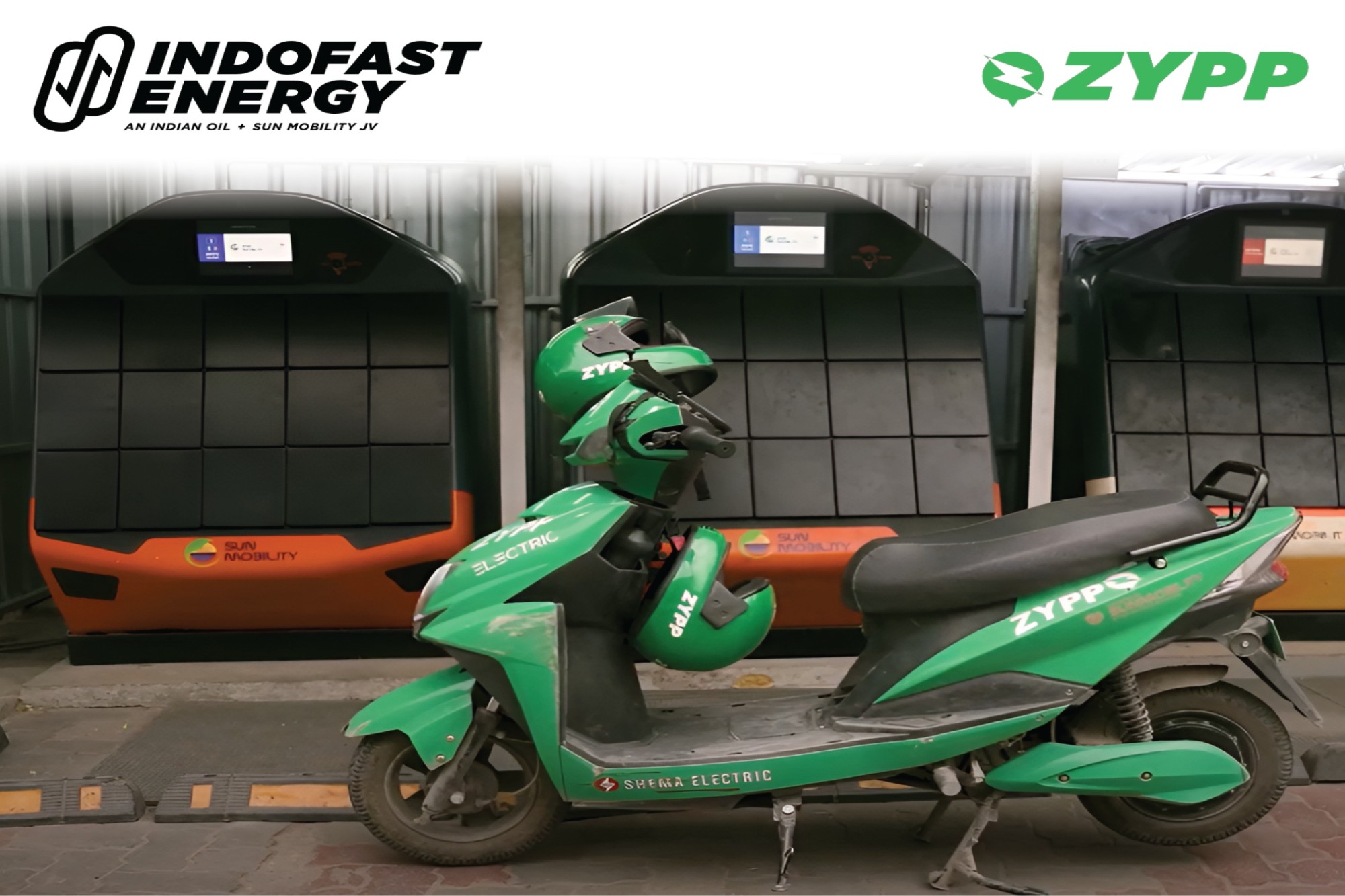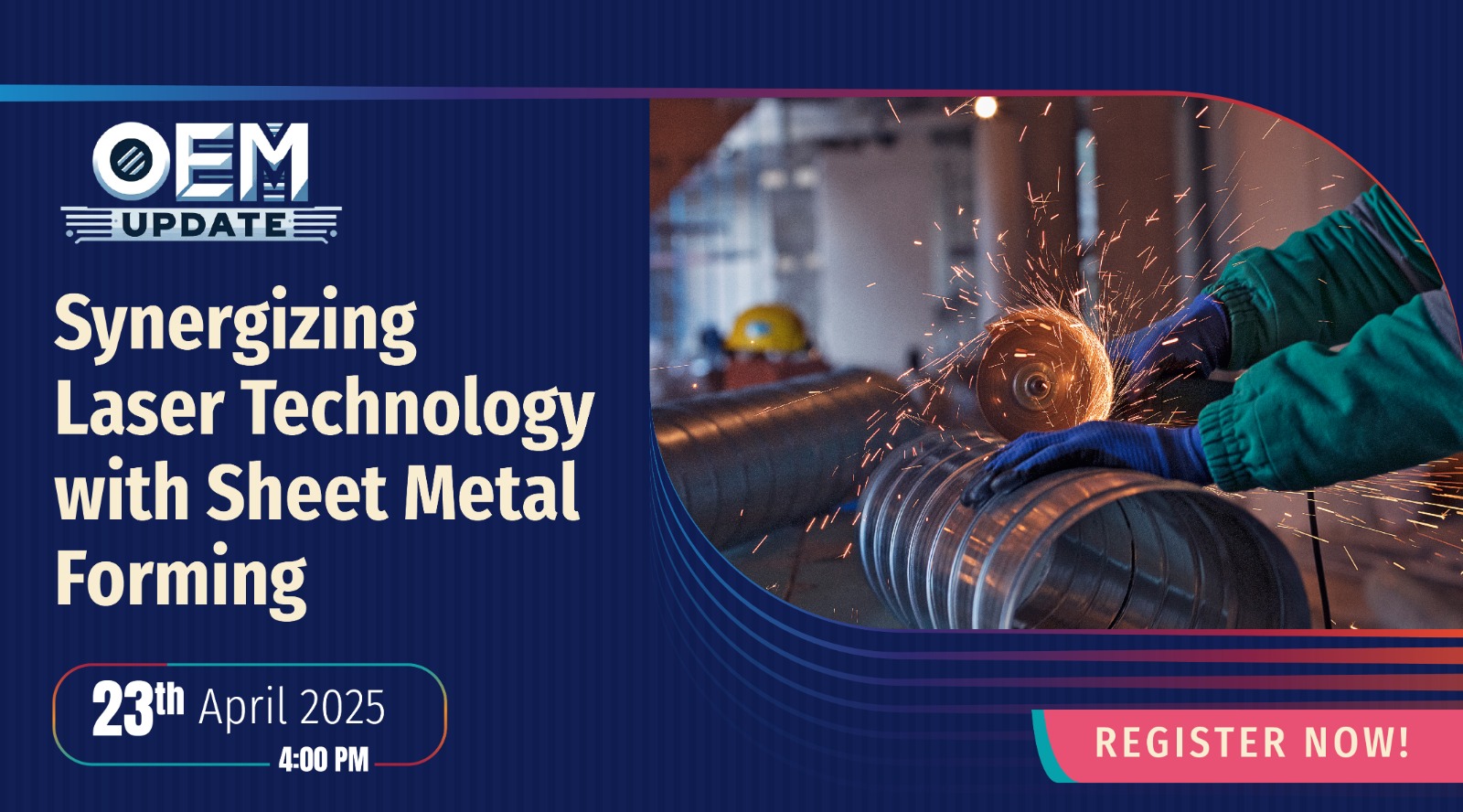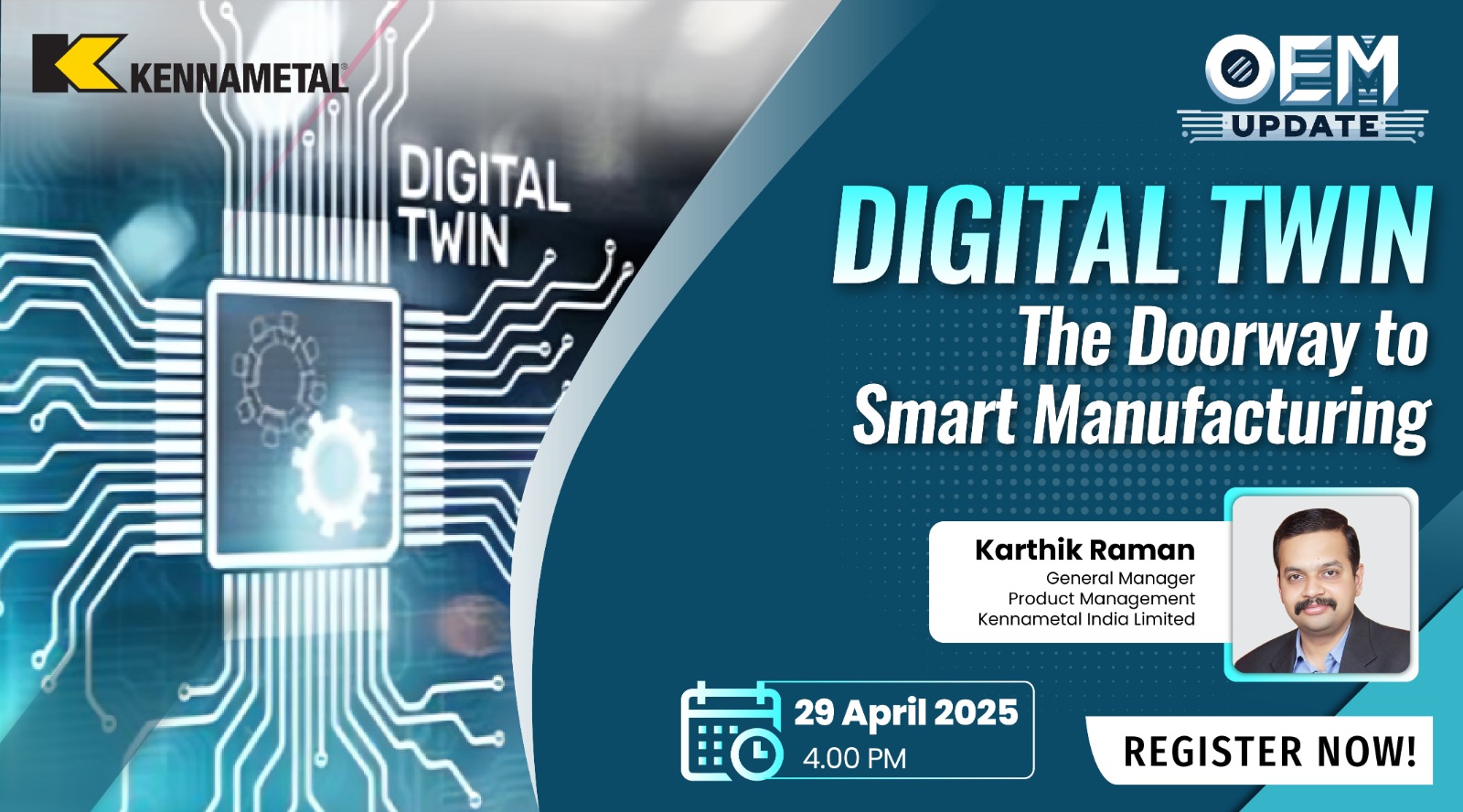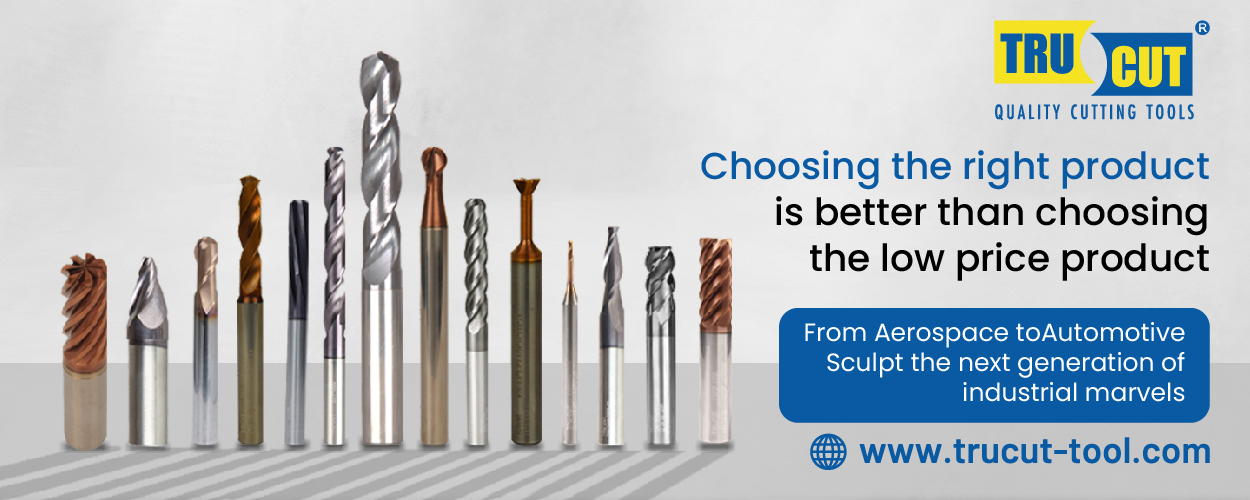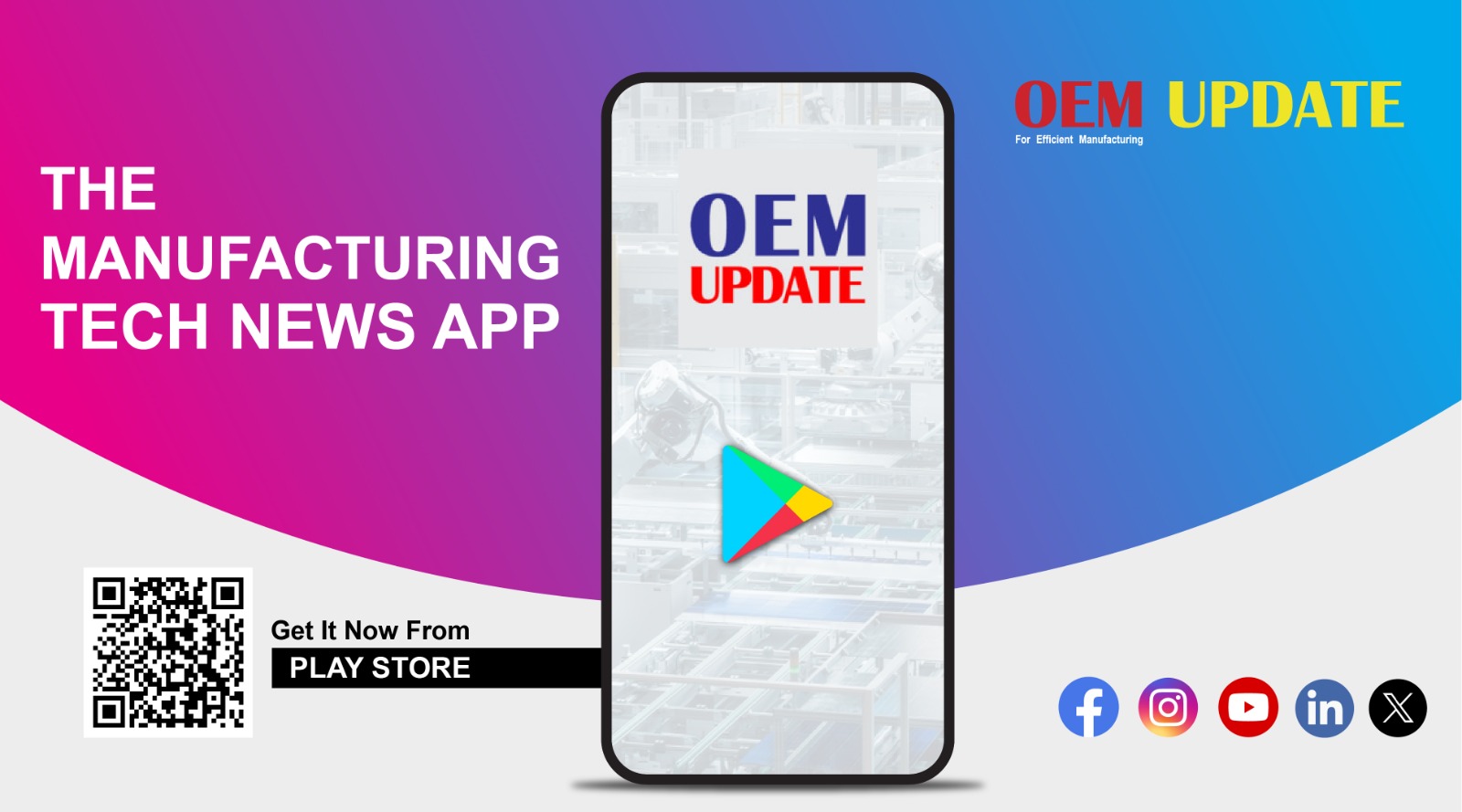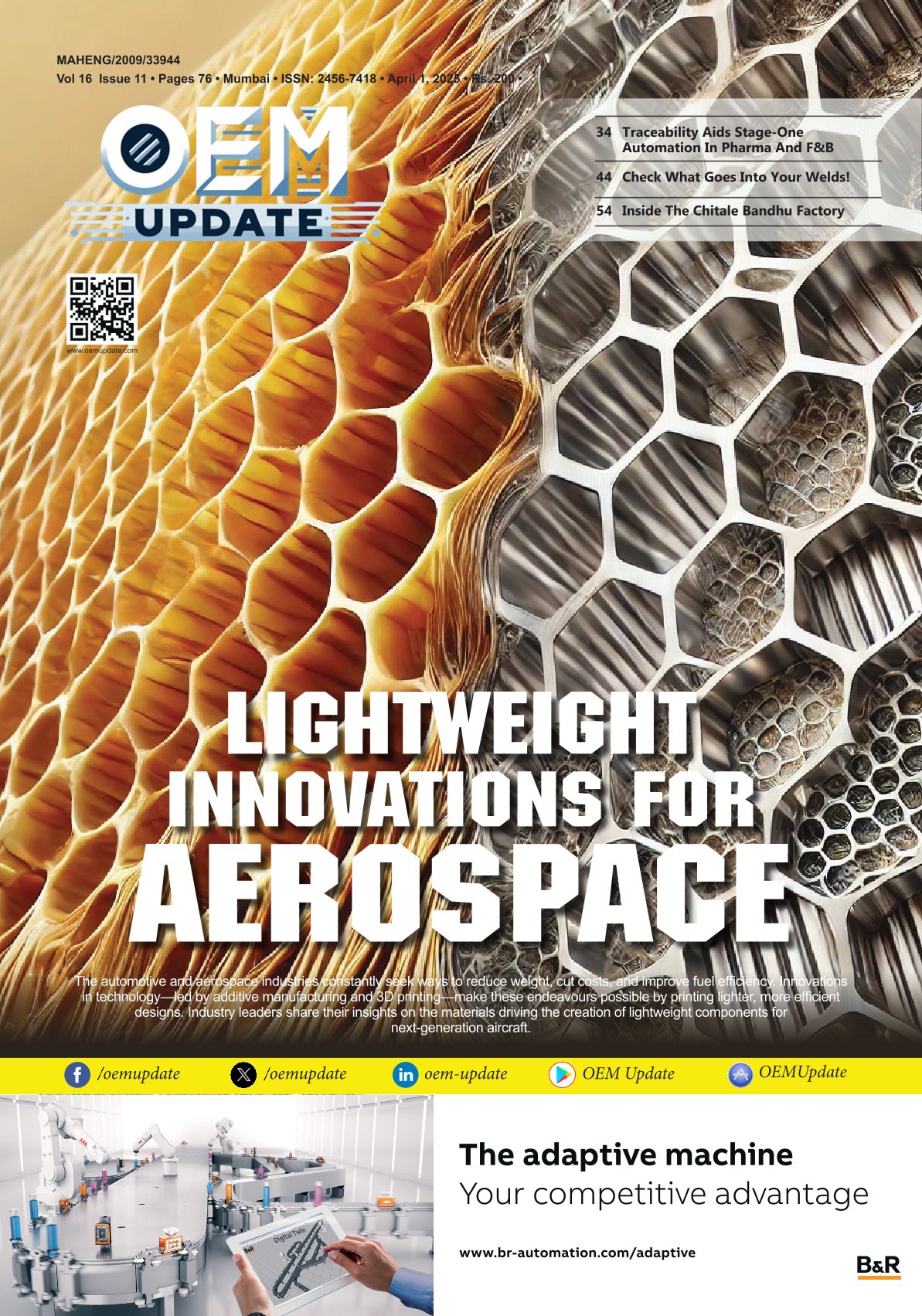Way to battery sovereignty
By Staff Report February 1, 2025 4:38 pm IST
India is in the early stages of manufacturing batteries for electric vehicles and renewable energy storage applications. The country currently relies on imports from China, Japan, and South Korea for these batteries. Despite that, according to the Minister of Road Transport and Highways Nitin Gadkari, India has the potential to become the largest lithium-ion battery exporter globally by the end of the decade. While achieving this goal is challenging, OEM Update explores some key obstacles .
South Asian countries, realising their growth potential, are now focusing on local manufacturing. A prime instance is Indonesia’s ban on selling the iPhone 16 in October 2024 because Apple failed to meet local manufacturing requirements. Despite Apple’s proposal in January 2025 to invest $1 billion in a factory on Batam Island, the ban remains in effect as the investment did not satisfy Indonesia’s local content regulations. On this, Kaushal Kumar Jha, PI & Founder of NoonRay Energy Pvt, says that reliance on imports could create security concerns and deter customers if not produced domestically.
India’s automotive industry is thriving and leading on the global front. The rise of electric and hybrid vehicles is directly proportional to the increase in demand for batteries and related components. While battery technology is already available, India must adapt and manufacture it locally. Tata Group is investing $1.5 billion in a battery gigafactory, expected to start production in 2026, which will allow Tata Motors greater control over lithium-ion batteries, a critical EV component.
Challenges
In discussing battery manufacturing, it’s important to address the current challenges in India, particularly the limited domestic production of equipment essential for cell design and chemistry. Much of this specialised machinery is currently imported, posing challenges for the local industry.
Automation equipment, such as laser welding machines and gantry robots, is crucial for efficient battery production. While India has manufacturers producing laser welding machines, the production of laser sources and certain high-precision components still relies heavily on imports. Similarly, companies like Fluxlink offer linear robotic motion solutions assembled in India, but manufacturing core components, including laser sources and advanced robotics, is still developing.
Dr Jha emphasises that India remains dependent on other nations without developing a domestic manufacturing base for these components, which could pose strategic vulnerabilities.
To advance, the focus should be on developing the entire value chain, from components to subsystems, to establish a self-reliant battery manufacturing ecosystem.
One concern is the unique climate conditions in India, which differ from those in Western nations. Our usage patterns vary. For instance, a bike designed for two people is often carrying four. This means that the robustness and reliability of the system must be significantly higher than what is typically required elsewhere. The cells are highly sensitive; they can behave unpredictably if they are not used properly. Therefore, our primary R&D should enhance reliability and ensure optimal operating conditions.
Laser technologies
Laser technology manufacturing is still not widespread in India. The Production-Linked Incentive (PLI) scheme primarily focuses on battery manufacturers, but real support is needed for automation and laser manufacturers. Shipra Sinha, Director of Sales & Marketing at Light Mechanics, believes India cannot manufacture lasers currently due to the enormous investment required.
She advocates for the government to take a proactive role in establishing technologies enabling laser development in India. She shares, “As manufacturers, we have resumed the production of our gantries, but integrators have begun creating their own XYZ gantries and actuators. However, the sourcing is still done from external suppliers for components like PLC servo motors. As manufacturers, we must integrate various elements to create a complete product. If one manufacturer were to produce everything, it could lead to chaos. A structured system must be where individual companies specialise in specific areas, allowing us to integrate components effectively. Alternatively, we could promote locally made robots and focus on developing in-house manufacturing skills, particularly for the battery sector and its supporting industries.”
Kunjan Kashyap, Business Head – Battery & Power Division, Caryaire Group shares that there has been an improvement in production processes by adopting spot welding machines over automatic welding machines. Laser technology is also in use. Initially, we operated with a three-kilowatt laser, but we are now upgrading to a six-kilowatt laser. He shares that technology is advancing, and we are moving in the right direction. The government is taking this seriously and has begun implementing AI solutions. We are effectively adapting to these changes, and our batteries are being certified through this process. The government is gradually focusing on developing the required lithium battery pack manufacturing skills.
Welding roadblocks
The biggest challenge in battery assembly is maintaining tight tolerances, especially as we move toward using lasers to reduce resistance and increase the strength of weld joints. It’s important to note that 50% of battery failures are due to poor welds.
The most common cause of weld failures occurs during the assembly process when bus bars are placed. Air gaps can form in the weld joints due to height variations and tolerance issues in the battery pack or components. Even the best laser technology may result in weld failures if these air gaps are present.
Battery manufacturers must uphold high-quality standards and minimise tolerances to prevent welding failures, which account for 90% of issues. Additionally, the choice of laser is critical since it is a misconception that a single laser type is suitable for all welding applications.
Currently, there are dual-beam lasers that are spatter-free. A higher rayleigh range is needed for the laser to achieve strong welds, which can accommodate any height variations. Special lasers are also available depending on the application, thicknesses, and material choices. Advanced technologies, such as in-line checks for weld depth and penetration, are now available to enhance precision and efficiency.
In addition, Dr Jha shares that laser technology plays a crucial role in addressing key failures during the welding process, particularly concerning battery packs. Laser welding is commonly used at the cell level, especially for prismatic and cylindrical cells, where significant welding and fabrication activities happen.
Battery recycling
The government needs to establish new rules regarding product life cycles. Instead of solely focusing on recycling, we should prioritise batteries’ second and third lives as part of our sustainability efforts. This is essential for tracking the impact of these products. Recently, the government has introduced stricter regulations, largely due to India’s culture of prioritising short-term gains over the long-term health of our environment.
Harinder Mohan Singh, Founder and director of Effulgent BR Resources LLP, says that we must hold manufacturers accountable for product lifespans, particularly lithium-ion batteries. Without this accountability, India risks becoming the largest dumping ground for lithium-ion batteries.Reminiscing about his past lecture addressing concerns over batteries, Mr Singh shares how most of his audience consisted of commercial enterprises. They were eager to import EV batteries from China, often without understanding the fundamental chemistry. There are companies dedicated to refurbishing batteries.
Additionally, institutions like IIT Bombay and the School of Sustainability at IIT Madras are working extensively on sustainable practices, with batteries being a significant focus of their research.
Mr Singh offers his perspective, sharing that the business’s marketing strategies and failures have led to a shift from focusing on ROI to prioritising return on environmental impact, which is crucial for long-term success.
To avoid issues, it’s important not to wait for lead-acid and lithium batteries to fail before taking action; consider reconditioning them preemptively. Additionally, make sure to change your oil and filters on time, even though no clear guidelines are available for this process.
Although the government has introduced new laws regarding refurbishment, specifics are still lacking and may change in the coming years. He shares, “Based on my expertise in this field, I recommend that you conduct a detailed health check after three years of a battery’s life. If necessary, reconditioning should follow to ensure optimal performance.”
Semiconductor manufacturing
Collaboration is essential in the context of the Global Village. For instance, if cobalt is primarily sourced from the Democratic Republic of Congo (DRC), building a relationship with them is crucial to secure cobalt supplies. In return, we should provide them with what they need, as Dr. Jha emphasised.
The second question is whether we need cobalt. Significant research has focused on reducing cobalt content in batteries, leading to advancements like the NMC 955 composition, which consists of 90% nickel, 5% manganese, and 5% cobalt. This indicates a reduction in cobalt proportions from the initial NMC 811 design, which was 80% nickel.
Another chemistry gaining traction is Lithium Iron Phosphate (LFP), which contains no cobalt while not offering the same high energy density. LFP batteries offer several advantages: safety, long cycle life, high power density, wide temperature range, and environmental friendliness. However, they also have disadvantages, such as lower energy density, higher cost, and limited availability.
If there is a will, there is always a way forward. Additionally, we are exploring sodium-based batteries and next-generation battery technologies, which are expected to emerge in the future.
Securing our interests is crucial. If cobalt supplies become uncertain, we must identify suitable alternatives and explore how to gradually transition away from cobalt.
Moreover, not all semiconductors should be manufactured in a single country like India; they should be produced in various locations to support the interconnected nature of the Global Village. Reducing dependency on any single source can combat monopolistic practices. This strategy would foster a more inclusive and globalised semiconductor industry.
————————————————–
Kaushal Kumar Jha, PI & Founder, NoonRay Energy Pvt:
“India must focus on building the entire battery manufacturing value chain, from raw materials to advanced components. Without local production of key technologies like laser sources and automation systems, we risk remaining dependent on imports, hindering long-term growth and security.”
Shipra Sinha, Director, Sales & Marketing, Light Mechanics.
Fake cells are increasingly circulated in India, often supplied by local distributors. These cells are not manufactured according to the specifications of high-quality cells, which are prevalent in the market.
Harinder Mohan Singh, Founder & Director, Effulgent BR Resources LLP:
“Battery sustainability isn’t just about recycling; it’s about extending product life through second and third-use applications. Manufacturers must be accountable for the entire lifecycle of lithium-ion batteries to prevent India from becoming a dumping ground.”
Kunjan Kashyap, Business Head – Battery & Power Division, Caryaire Group.
“Technology is advancing, and we are moving in the right direction. The government is taking this seriously, implementing AI solutions, and focusing on developing skills for lithium battery pack manufacturing.”
Cookie Consent
We use cookies to personalize your experience. By continuing to visit this website you agree to our Terms & Conditions, Privacy Policy and Cookie Policy.
